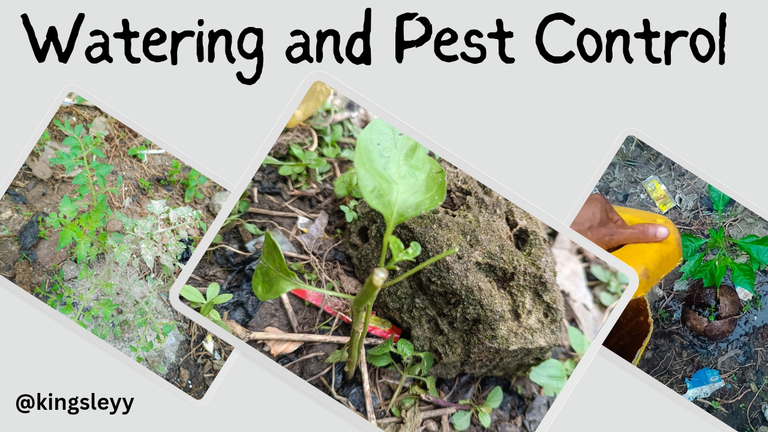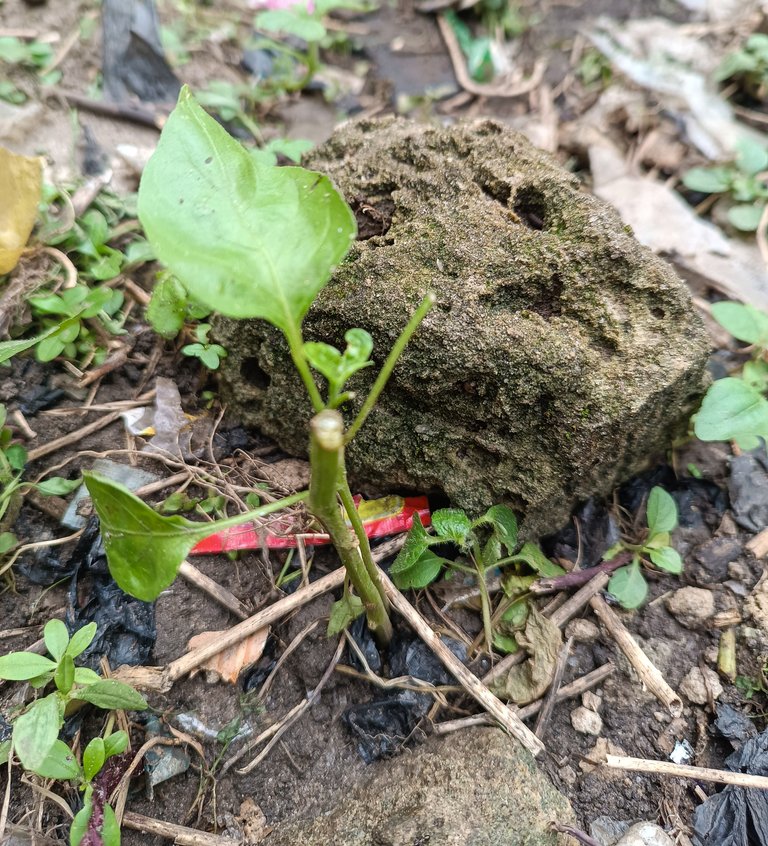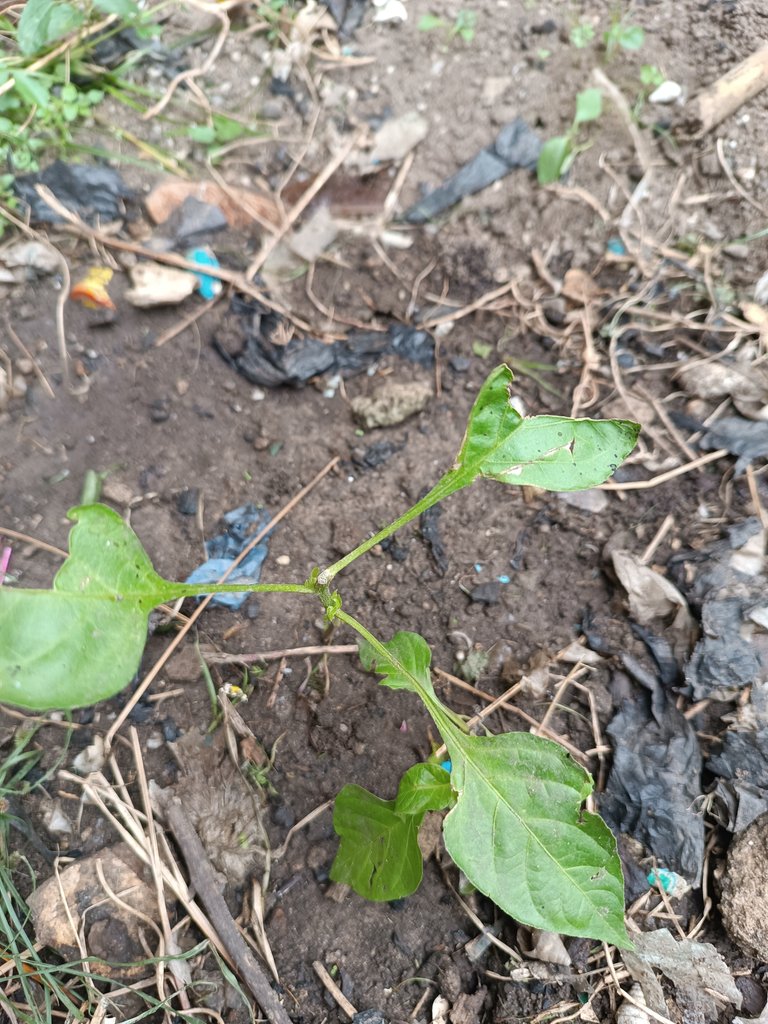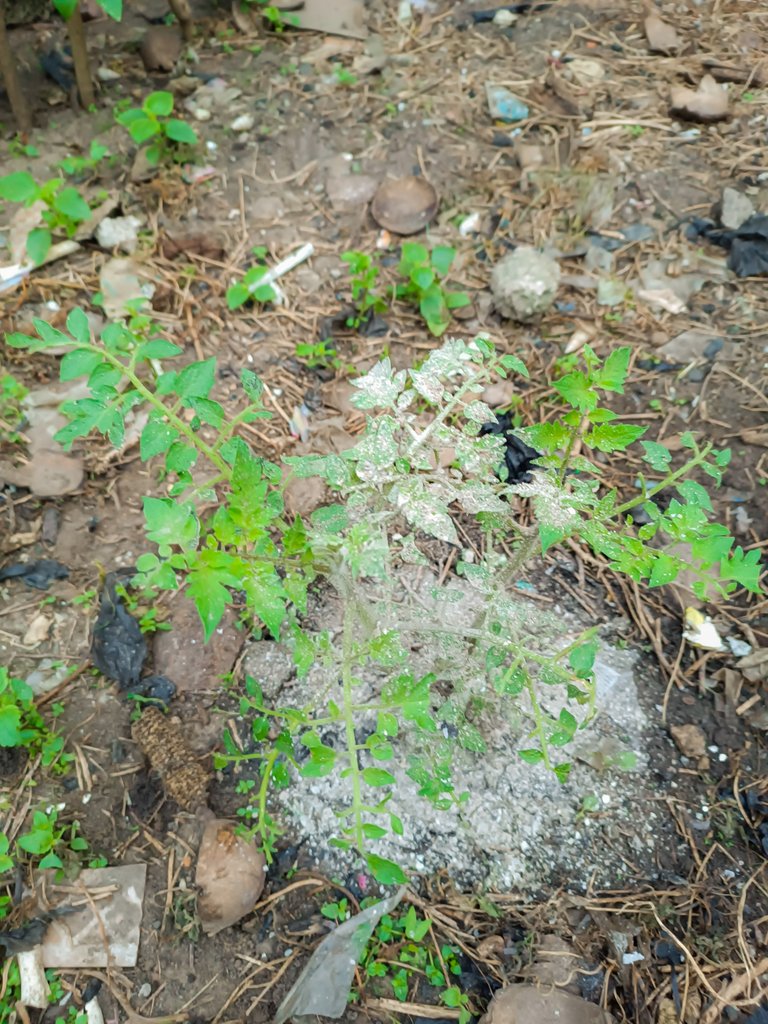Greetings!

In my part of the world, the dry season has been very intense, with a blazing sun every day. Although people are enjoying the season since the rain no longer restricts their activities, the crops in the gardens and farms are struggling, which means watering has become essential.


In my small garden, I have taken on the responsibility of watering the plants every morning and evening, ensuring they don’t feel the full absence of rainfall, though they certainly feel the intense sunshine during the day. Any evening that I miss out on watering due to work, it becomes the first thing on my mind the next morning. It has been a manageable task because I don’t have to go far for water, and I don’t use much since the number of plants is small. I fetch water from the tap in the compound with a bucket and either use my hand or, sometimes, a cup to splash it onto the plants and thoroughly soak the soil in each spot. Thanks to consistent watering, there have been no signs of water stress in the plants. However, there is a problem I noticed last week.
They’re getting cut off:


In my last update, I mentioned finding one of the plants chopped off, and I assumed that perhaps it was too tender, which allowed whatever cut it off to succeed. Last week, I found two more plants—grown ones this time—chopped off in the middle. I was quite puzzled because I often inspect the plants and haven’t observed any harmful pests on or around them. So, what could be responsible? It was genuinely disheartening to see.
Without overthinking, I concluded that the chickens, which often roam there in search of food, might have done it. But how likely is that?
The tomato leaves are being eaten:

I have also noticed that the tomato leaves—and only the tomato leaves—are being gradually eaten. Could this be the work of the chickens as well? I am honestly not sure.
On a positive note, the chopped pepper plants have produced new sprouts, and seeing these fresh shoots brought me a lot of joy. Fortunately, they didn’t die, unlike the first set that suffered the same fate when they were still very tender.
For the eaten leaves, the only solution that came to mind was applying ashes to them. I’m not sure of the scientific basis for this, but we used to do it a lot at home in the village on our peppers in the farm.
Ashes are hard to come by here since we rarely cook with firewood, and the people who do live a bit far off.


Nevertheless, I managed to source some ashes and sprinkled them on the plants. I’ll observe to see if there’s any noticeable improvement. If it works, I’ll continue applying ashes until the plants are mature enough to be less susceptible to these pests.
Thank you for reading.
All photos are mine. Thumbnail designed on canva